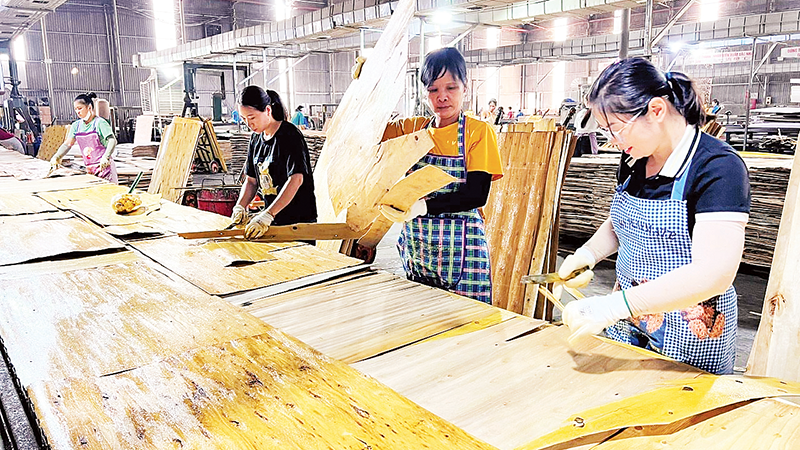
In the northern communes of Thai Nguyen, there are more and more typical examples of afforestation, many households own an average of 10 hectares of planted forest, some even own hundreds of hectares. Afforestation has become a movement and an effective and sustainable economic development direction. Ms. Hoang Thi Yen, Nghia Ta commune owns a 10-year-old tallow tree hill. Ms. Yen said that her family has little manpower, so the area is expanded every year. The hardest part is taking care of the first three years. After the tree canopy closes, the care is simpler. Up to now, her family owns 10 hectares of tallow forest, which is the main source of income.
In Yen Phong commune, bordering Nghia Ta commune, Mr. Truong Quoc Bui's family is one of the pioneers in forest planting. Since the 90s, Mr. Bui boldly received 20 hectares of forestry land to plant forests. The effort and sweat poured in after decades have brought sweet fruits when the tallow forests grow evenly for harvesting. On average, 1 hectare of planted tallow wood brings in an income of about 100 million VND.
With the guidance and support of local authorities, many households have proactively changed the structure of forestry trees to suit the climate, soil, and consumption capacity. In Bac Kan ward, Mr. Trieu Huu Quan's family, after realizing that growing tallow was not suitable, switched to growing cinnamon. According to Mr. Quan, the market favors cinnamon trees, from the trunk, branches, and leaves, all can be consumed. The family has planted 2 hectares, cared for them for more than 5 years, and is preparing to exploit them.
After the merger, Thai Nguyen province has more than 578,000 hectares of forestry land, mainly located in the north. In 37 northern communes, there are currently about 100,000 hectares of planted forests, of which about half are of exploitation age. The main forestry tree structure is acacia, fat, cinnamon, star anise, and linden. On average, these communes plant more than 5,000 hectares of new trees each year. The output of exploited timber reaches more than 370,000 m3/year with a value of hundreds of billions of VND.
Along with expanding the area, Thai Nguyen has vigorously promoted the wood processing industry, bringing new value to the forest economy. Currently, Thai Nguyen has more than 860 wood processing facilities in operation. Each year, the facilities purchase and process hundreds of thousands of cubic meters of wood, focusing on peeled boards, plywood, wooden chopsticks, sawn timber, etc. After the merger, the potential and capacity of the province's wood processing industry is increasingly open. Currently, there are many factories in the area, such as: MDF Board of Dongwha Company; Hoang Van Thu Paper Company; Viet Bac Plywood Company; Lechenwood Vietnam Company Limited; Govina Investment Joint Stock Company, etc.
According to Ms. Nong Thi Kiem, representative of Lechenwood Vietnam Co., Ltd. in Thanh Binh Industrial Park, the company has invested in a plywood and flooring processing line for export to the US market. With abundant raw materials in the northern communes, the company operates stably, creating jobs for about 300 local workers, and consuming large quantities of planted forest wood.
In the context of integration, the demand for traceability of wood is increasing, many localities are actively expanding the area of FSC-certified forests. Up to now, the northern region of Thai Nguyen has prepared a dossier to request FSC certification for about 13,000 hectares of forest, such as: Binh Minh HP Joint Stock Company manages 4,000 hectares of acacia in Cho Moi commune; Ke Go Company Limited develops 3,000 hectares of tallow trees in Thanh Thinh commune; An Thanh Cooperative (Cho Moi commune) invests 6,000 hectares of acacia, tallow, eucalyptus... FSC-certified planted forest areas are the foundation for products processed from raw wood to reach the world.
Ke Go Company Limited's disposable wooden furniture factory in Thanh Binh Industrial Park is a trusted wood consumption address for people. The factory meets strict standards of the US, Canada, Germany, France... The company's products are wooden knives, spoons, and forks exported to Europe and the US. According to the company's Deputy Director Trinh Duc Kien, the production process must meet the strict standards of international partners from raw materials to processing. Therefore, the implementation of FSC-certified forest areas is very important, the government and people must join in. If FSC certification is achieved, the purchase price of planted forest wood will increase by 20-30%.
According to the Department of Agriculture and Environment of Thai Nguyen province, the province now has about 16,000 hectares of large timber forests, and it is expected that by the end of 2025, there will be more than 26,000 hectares of planted forests with FSC certification. The province aims to have about 40,000 hectares of planted forests with FSC certification by 2030.
To promote the wood processing industry, Thai Nguyen has determined that in the 2025-2030 period, it will maintain forest cover of more than 46%, while developing production forests in an intensive direction, improving productivity, quality, and efficiency of forest land use. At the same time, the province focuses on granting FSC certificates to production forests, applying science and technology, and digital transformation in management and tracing the origin of wood.
Building a forestry value chain from seeding, planting, care, exploitation to processing and consumption is identified as a key solution to increase forest value and create stable livelihoods for people. Thai Nguyen commits to reviewing and rearranging wood processing facilities in a modern direction, discouraging preliminary processing or exporting raw materials outside the province. Enterprises investing in deep processing and using local materials will be given priority in accessing credit capital, production space and support policies according to specific mechanisms.
Source: https://nhandan.vn/nang-cao-gia-tri-rung-trong-gop-phan-tao-sinh-ke-vung-vang-post916159.html



![[Photo] Immerse yourself in the colorful musical world of “Secret Garden Live in Vietnam”](https://vphoto.vietnam.vn/thumb/1200x675/vietnam/resource/IMAGE/2025/10/18/1760805978427_ndo_br_thiet-ke-chua-co-ten-41-png.webp)
![[Photo] Collecting waste, sowing green seeds](https://vphoto.vietnam.vn/thumb/1200x675/vietnam/resource/IMAGE/2025/10/18/1760786475497_ndo_br_1-jpg.webp)
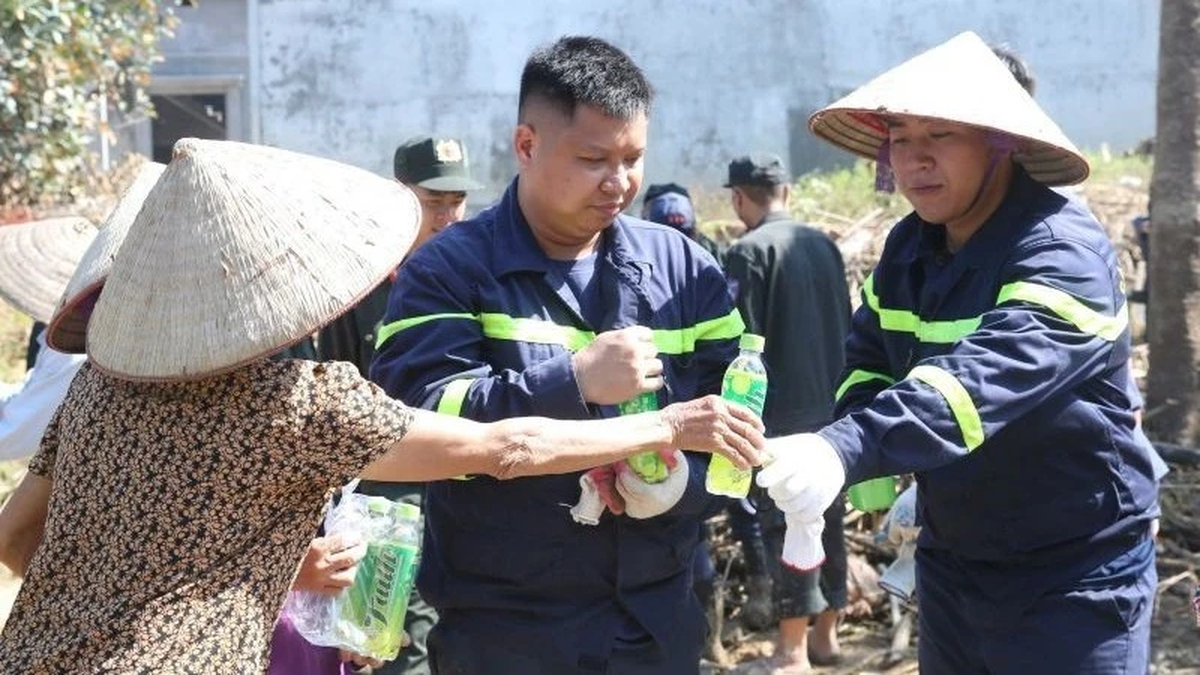
![[Photo] Closing ceremony of the 18th Congress of Hanoi Party Committee](https://vphoto.vietnam.vn/thumb/1200x675/vietnam/resource/IMAGE/2025/10/17/1760704850107_ndo_br_1-jpg.webp)
![[Photo] General Secretary To Lam attends the 95th Anniversary of the Party Central Office's Traditional Day](https://vphoto.vietnam.vn/thumb/1200x675/vietnam/resource/IMAGE/2025/10/18/1760784671836_a1-bnd-4476-1940-jpg.webp)

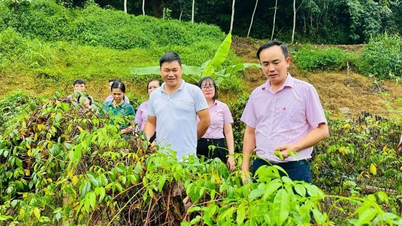
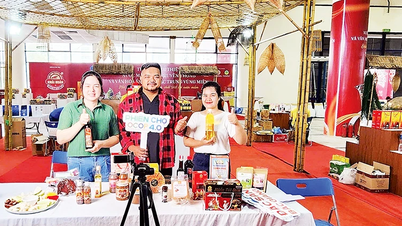
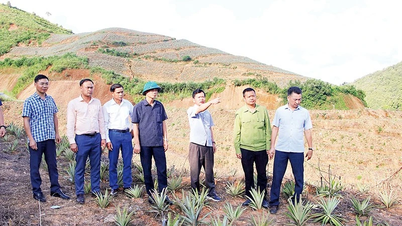
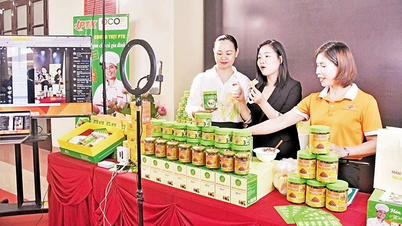
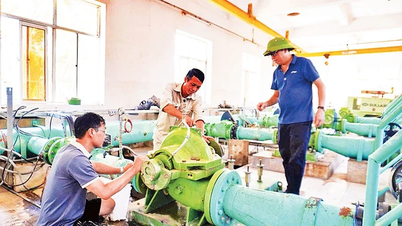




![[Photo] Immerse yourself in the colorful musical world of “Secret Garden Live in Vietnam”](https://vphoto.vietnam.vn/thumb/402x226/vietnam/resource/IMAGE/2025/10/18/1760805978427_ndo_br_thiet-ke-chua-co-ten-41-png.webp)


![[Video] Warning about scams through calls for support for flood victims](https://vphoto.vietnam.vn/thumb/402x226/vietnam/resource/IMAGE/2025/10/18/1760802081989_illustrated-natural-disasters-education-presentation-png.webp)

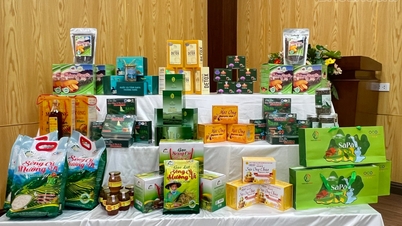









































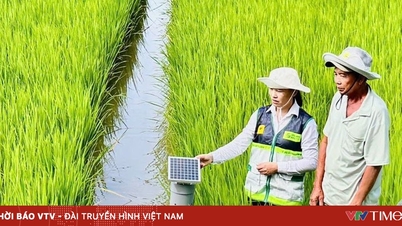
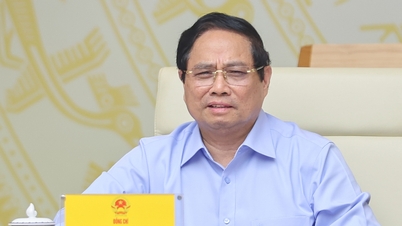















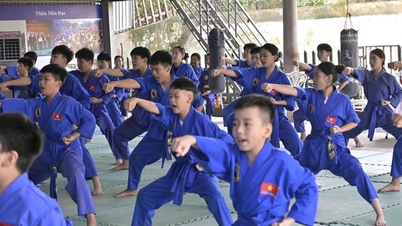

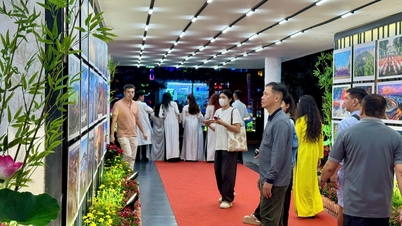









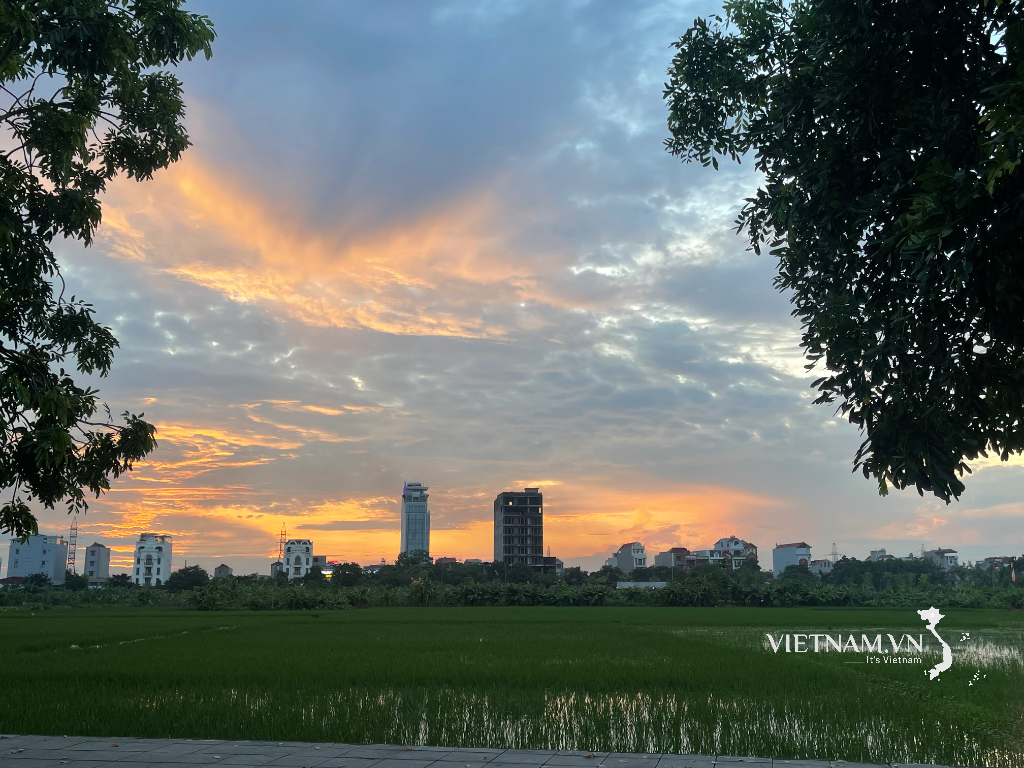


Comment (0)